Why Modern Homes Need Smart HVAC Planning
Residential HVAC solutions are the backbone of comfortable living. With Americans spending about 90% of their time indoors - where air pollution can be two to five times higher than outdoors - choosing the right system is about health as much as comfort.
Quick Answer: Best Residential HVAC Solutions for Your Home:
- Central Split Systems - Most common, uses ductwork, great for whole-home comfort.
- Ductless Mini-Splits - Perfect for room additions, older homes, or zoned heating/cooling.
- Heat Pumps - Can reduce heating electricity use by 65% compared to electric furnaces.
- Hybrid Systems - Combines heat pump efficiency with a gas furnace backup.
- High-Velocity Systems - Ideal for homes with limited ceiling space.
Today's residential HVAC solutions are smarter and more efficient than ever. Modern heat pumps work in temperatures as low as -13 F, and new systems can cut your energy bills by up to 53% compared to older equipment. However, picking the wrong system can lead to high bills, uneven temperatures, and frequent repairs.
I'm Bill Scott, general manager of Smart Climate Solutions. With over 15 years of experience helping homeowners with residential HVAC solutions in Pittsburgh and Southwestern PA, I've seen how the right system transforms a home's comfort and utility costs.
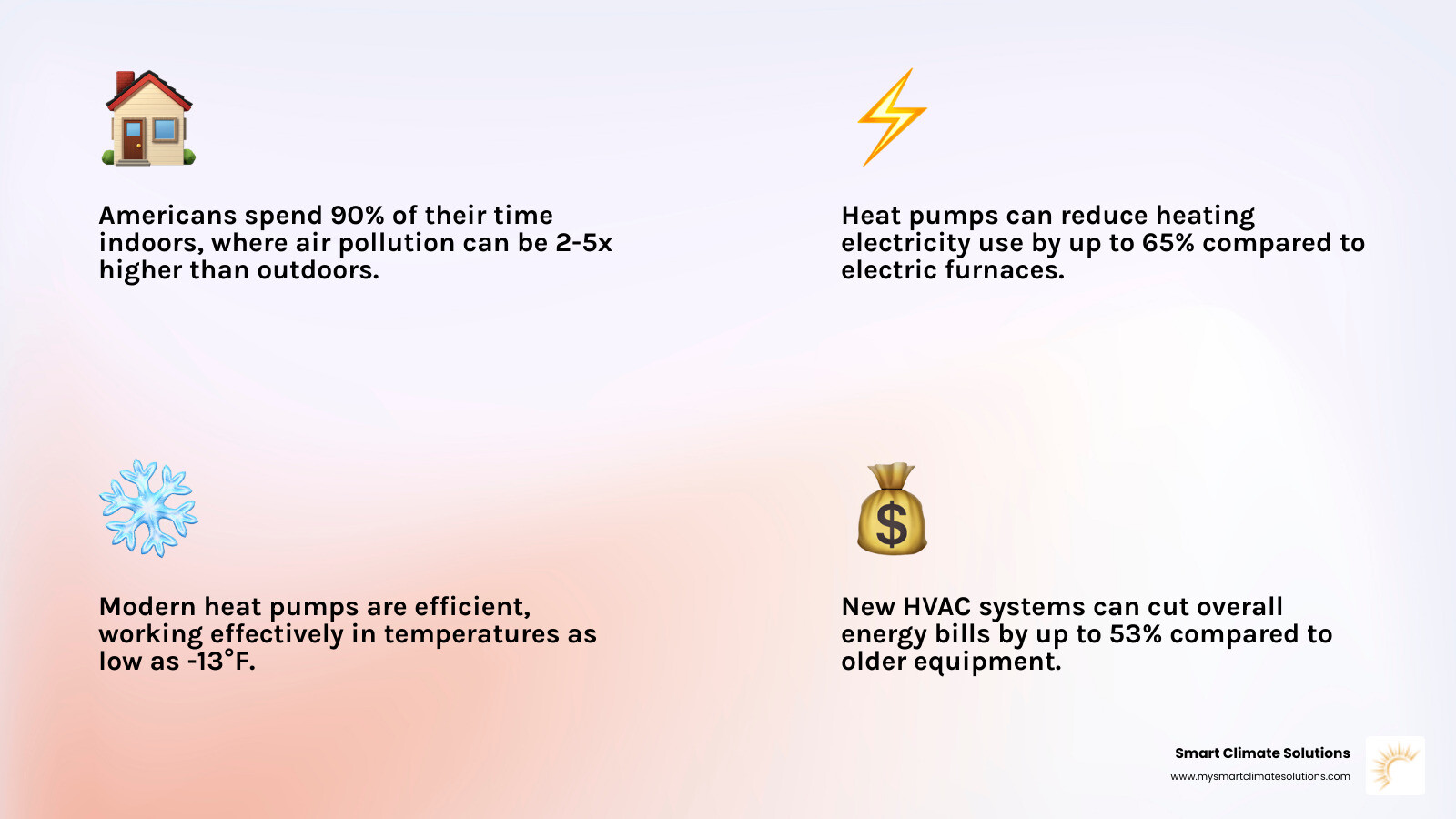
Find more about residential HVAC solutions:
Understanding Home HVAC Fundamentals
Before diving into the various residential HVAC solutions, let's cover the basics. Your HVAC system is your home's climate control center, working like its lungs and circulatory system to move air and maintain a perfect indoor environment.
Airflow Basics
HVAC is all about moving air. The system pushes conditioned (heated or cooled) air through your home while pulling out stale air. This constant exchange ensures every room feels comfortable. If a system isn't sized correctly for your home's layout, you'll experience uneven temperatures and higher bills.
Load Calculation
This is the most critical step in choosing a residential HVAC solution. A "load calculation" is a precise analysis to determine your home's exact heating and cooling needs. It considers size, ceiling height, insulation, windows, local climate, and occupancy.
An oversized system will cycle on and off too frequently, wasting energy and failing to control humidity. An undersized system will run constantly without reaching the target temperature. At Smart Climate Solutions, we use specialized tools to perform accurate load calculations, ensuring your system is perfectly sized.
Heating vs. Cooling
Heating systems create warmth, often by burning fuel or transferring heat from outside. Cooling systems work by removing heat from your indoor air and moving it outdoors. A key benefit of cooling is dehumidification, which is crucial for comfort during humid Pittsburgh summers.
Ventilation
Often overlooked, ventilation is vital for your health. It involves exchanging stale indoor air with fresh outdoor air to remove pollutants and allergens. Since indoor air can be more polluted than outdoor air, good ventilation is essential for well-being. Modern HVAC systems often include energy-efficient ventilation methods.
SEER and AFUE
These ratings measure your system's efficiency.
- SEER (Seasonal Energy Efficiency Ratio) rates the cooling efficiency of an air conditioner or heat pump. A higher SEER rating means greater energy efficiency and lower bills.
- AFUE (Annual Fuel Utilization Efficiency) measures how efficiently a furnace converts fuel into heat. An AFUE of 95% means 95 cents of every dollar spent on fuel heats your home, with only 5 cents lost.
Key Components & How They Work
Every residential HVAC solution has a few key parts working together.
Compressor: Located in the outdoor unit, this is the "heart" of an AC or heat pump. It pressurizes the refrigerant, a critical step in moving heat.
Evaporator Coil: Located indoors, this coil is where heat exchange happens. In cooling mode, warm indoor air passes over the cold coil, which absorbs heat and humidity. The resulting cool, dry air is circulated through your home.
Ductwork: For central systems, ductwork is the air highway. This network of tubes carries conditioned air to rooms via supply vents and returns stale air to the unit. Properly sealed and insulated ducts are crucial for efficiency.
Thermostat: The brain of the system. Modern smart thermostats learn your habits, allow remote control via your phone, and provide energy usage data, giving you precise control over your home's climate.
Choosing the Right Residential HVAC Solutions
Finding the perfect residential HVAC solutions depends on your home's age, layout, and your family's lifestyle. It's about matching the system to your specific needs, not just picking the most popular option.
Key considerations include:
- System Types: Different systems suit different homes. Some are ideal for new construction with ductwork, while others excel in older homes.
- Whole-Home vs. Zoning: Whole-home systems maintain one temperature throughout, great for open floor plans. Zoning allows different temperatures in different areas, which can increase comfort and reduce energy costs by not conditioning unused rooms.
- Cost-Benefit Analysis: Look beyond the initial price. High-efficiency residential HVAC solutions may cost more upfront but often pay for themselves through lower energy bills, with some systems cutting energy use by up to 53%.
- Climate Fit: Our region experiences both humid summers and frigid winters. Your system must handle both extremes efficiently.
- Noise Levels: Modern systems are quiet, but some are better than others. This is an important factor if an outdoor unit is near a bedroom or patio.
Central Split Systems as Residential HVAC Solutions
The classic ducted furnace and air conditioner combo is a popular and effective choice for most homes with existing ductwork. It pairs an outdoor AC unit with an indoor furnace, using a single thermostat to deliver reliable, whole-home comfort.
Retrofit installations are straightforward if you already have ducts. We can often upgrade your system in a day or two, replacing old equipment with modern, high-performance units. A new, efficient central system also adds to your home's resale value, assuring potential buyers they won't face a major HVAC expense.
Ductless Mini-Splits: Flexible Residential HVAC Solutions
Ductless mini-splits are game-changers, providing zoned comfort with individual indoor units in specific rooms. Each unit has its own remote, allowing personalized temperature settings. This is ideal for families with different comfort preferences.
Mini-splits are perfect for add-on rooms like sunrooms, converted garages, or finished attics, as they don't require expensive ductwork extensions. The no ducts advantage also eliminates energy loss from leaky ductwork, making them highly efficient, especially in older homes where ducts may be compromised.
Heat Pumps & Hybrid Set-ups
Heat pumps are among the most efficient residential HVAC solutions. They don't create heat; they move it. In winter, they pull heat from the outside air into your home, and in summer, they pull heat from your home and move it outside.
- All-electric heat pumps are a clean energy solution, reducing heating electricity use by about 65% compared to electric furnaces. Advanced models can be 160-390% more efficient than gas furnaces.
- Dual fuel hybrid systems combine a heat pump with a gas furnace. The heat pump operates during moderate weather for maximum efficiency, and the furnace takes over in extreme cold for reliable heating power.
- Cold-climate performance has improved dramatically. Modern heat pumps work effectively down to -13 F, making them a viable year-round solution for our climate.
Small-Duct High-Velocity & Packaged Units
Specialized residential HVAC solutions are available for unique situations.
- Small-duct high-velocity systems use flexible, 2-3 inch ducts that can be snaked through walls and tight spaces without major renovations. They are perfect for retrofitting older homes with plaster walls or limited ceiling space, delivering even temperatures quietly and efficiently.
- Packaged units and rooftop options contain all heating and cooling components in a single outdoor cabinet. This saves indoor space and simplifies maintenance. They are a great option for homes with limited utility or basement space.
Energy Efficiency, Indoor Air Quality & Sustainability
Modern residential HVAC solutions do more than control temperature; they improve energy efficiency, improve indoor air quality (IAQ), and support sustainability.
The right HVAC system can cut energy bills by up to 53%. This is achieved not just with efficient equipment but with a complete system approach, including components like heat recovery ventilators and high-MERV-rated filters.
Many modern residential HVAC solutions also qualify for significant tax credits. The Inflation Reduction Act offers up to $2,000 in federal tax credits for qualifying heat pumps, often supplemented by local utility rebates. The move toward electrification with systems like heat pumps makes financial sense, as they produce no on-site emissions and can be powered by an increasingly clean electrical grid.
Cutting Utility Bills Without Sacrificing Comfort
Saving money while staying comfortable is achievable when all components work together.
- Insulation: Your HVAC system's best friend. A well-insulated home prevents conditioned air from escaping. Addressing insulation gaps can lead to 20-30% energy savings.
- Smart Zoning: Why heat or cool empty rooms? Zoning systems allow you to condition only the spaces you are using, which can dramatically reduce energy consumption.
- Programmable Controls: Smart thermostats learn your schedule and adjust temperatures automatically, saving energy when you're away or asleep. Proper programming can save hundreds of dollars annually.
For example, a modern heat pump can cut your heating electricity use by about 65% compared to traditional electric resistance heating.
Boosting Health with Better IAQ
With Americans spending 90% of their time indoors, where air can be 2-5 times more polluted than outside, your HVAC system is critical to your health.
- Humidity Control: Modern systems maintain ideal indoor humidity (30-50%), preventing mold growth and reducing respiratory irritation.
- Filtration: High-MERV filters capture tiny particles like bacteria, pollen, and some viruses, cleaning the air you breathe.
- Ventilation Strategies: Energy recovery ventilators (ERVs) and heat recovery ventilators (HRVs) bring in fresh outdoor air while recovering energy from the outgoing stale air. This process removes indoor pollutants like VOCs without a major energy penalty.
Scientific research on indoor air quality
| Feature | Traditional Electric Resistance Heating | Modern Heat Pump System |
|---|---|---|
| Efficiency | 100% (converts electricity directly to heat) | 160-390% (moves heat, doesn't generate) |
| Electricity Use | High | Up to 65% lower for heating |
| Environmental Impact | Higher (if electricity from fossil fuels) | Lower (no on-site emissions) |
| Cooling Capability | None | Yes (provides both heating & cooling) |
| Comfort | Can be dry heat | Consistent, often better humidity control |
| Incentives | Few/None | Significant federal & local incentives |
Installation, Smart Controls & Ongoing Maintenance
Even the best residential HVAC solution is only as good as its installation and care. Professional expertise is crucial for ensuring a system lasts for decades instead of needing constant repairs.
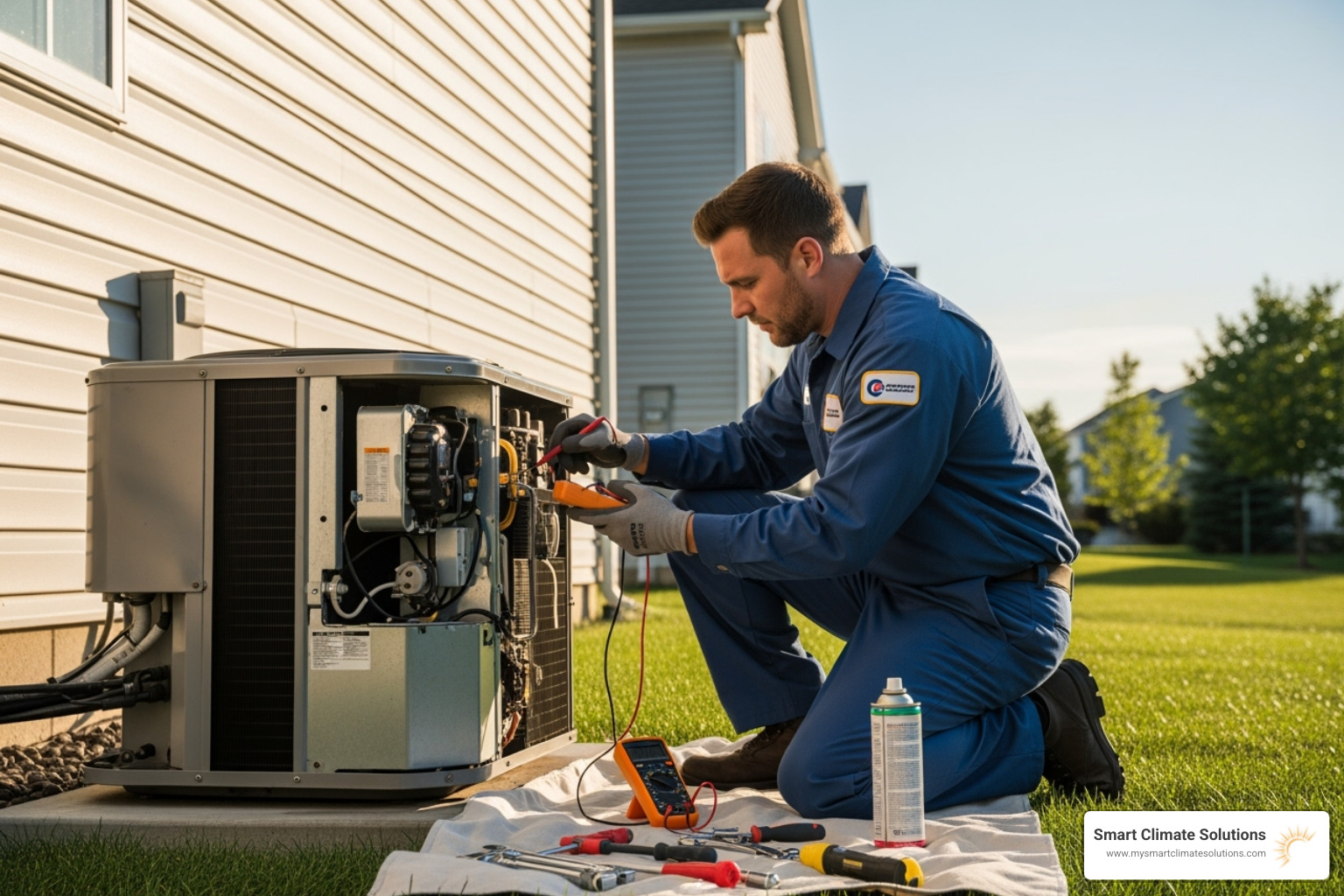
A new HVAC system is a finely tuned instrument. Proper installation prevents high bills, uneven temperatures, and breakdowns. Critical steps like sizing are based on precise load calculations to avoid issues like short cycling or constant running. Our team handles all necessary permits and paperwork.
Modern systems feature advanced diagnostics, and some even have predictive monitoring that allows us to identify potential issues before they become emergencies. We also stay current on all available rebates, including federal tax credits and local utility incentives, and handle the application process for you.
What to Expect During Professional Installation
A new residential HVAC solution installation should be a smooth process.
- Site Assessment: We start by evaluating your home's electrical panel, ductwork, and structural details to prevent surprises and ensure optimal performance.
- Timeline: Most installations take one to two days. We arrive on time, work efficiently, and clean up thoroughly. We also offer next-day service for emergency replacements.
- Safety Checks: We verify every electrical connection, pressure-test refrigerant lines, and leak-test gas connections. We don't leave until the system is operating perfectly and safely.
Our 24/7 support means you can always reach a real person who can dispatch a technician for emergencies, day or night.
Maintenance Roadmap for Long-Term Performance
Regular maintenance is essential for system longevity and efficiency.
- Filter Schedule: A clogged filter restricts airflow, forcing your system to work harder. We'll show you which filter to use and how often to change it (typically every 1-3 months).
- Annual Tune-ups: Professional tune-ups are vital. We clean coils, check refrigerant levels, lubricate parts, and test safety controls. This catches small problems early and keeps your warranty valid, as many manufacturers require proof of professional maintenance.
- DIY vs. Pro: Homeowners should change filters and keep outdoor units clear of debris. Leave the rest to us. HVAC systems contain high-pressure refrigerant and dangerous electrical components that require professional tools and expertise.
Regular maintenance can extend your system's life by 5-10 years and keep it running at peak efficiency.
Frequently Asked Questions about Residential HVAC Solutions
We believe an informed homeowner is a happy homeowner. Here are answers to some of the most common questions we receive about residential HVAC solutions.
How do I know which HVAC size is right for my home?
Proper sizing is critical, and "bigger is better" is a myth in HVAC. An oversized system will "short-cycle" (turn on and off too often), which wastes energy, wears out parts, and fails to remove humidity properly. An undersized system will run constantly without keeping you comfortable, driving up energy bills.
The correct way to determine size is with a professional load calculation. This detailed analysis considers your home's square footage, ceiling height, insulation, window types, local climate, and more. This scientific approach ensures your new residential HVAC solution is perfectly matched to your home for optimal comfort and efficiency.
Can I combine existing ductwork with a new high-efficiency system?
Yes, in many cases, you can use your existing ductwork with a new high-efficiency system, which can save significant time and money on installation.
However, for the new system to perform at its peak, the ducts must be in good condition. Leaky or undersized ducts allow conditioned air to escape into your attic or crawlspace, wasting energy and reducing comfort. We always perform a thorough inspection of existing ductwork to check for leaks, proper sizing, and sealing. Any necessary repairs will ensure your ducts work seamlessly with your new residential HVAC solution.
What incentives are available to lower upfront costs?
There are excellent incentives available to make a new, energy-efficient residential HVAC solution more affordable. The federal Inflation Reduction Act (IRA) offers tax credits of up to $2,000 for qualifying high-efficiency heat pump systems.
In addition to federal programs, many state and local utility companies offer their own rebates for upgrading to energy-efficient equipment. These incentives can often be stacked for even greater savings. Our team stays up-to-date on all available programs and will help you steer the process to maximize your savings on a new system.
Conclusion
Choosing the right residential HVAC solution is a foundational decision for your home's comfort, health, and energy efficiency. From understanding the basics to exploring modern technologies, making an informed choice is key.
Key Takeaways:
- Comfort and efficiency are linked. Whether it's a central system, ductless mini-splits, or a high-efficiency heat pump, the right system transforms your home.
- Modern technology offers significant benefits. Heat pumps work in climates as cold as -13 F, smart thermostats automate savings, and federal tax credits of up to $2,000 make upgrades more affordable.
- Professional expertise is non-negotiable. Proper sizing, installation, and maintenance are what make a great system perform at its best for years to come.
Your home should be a place of comfort and peace of mind. That's what the right residential HVAC solution - and the right team to install it - provides.
More info about home comfort upgrades
Smart Climate Solutions offers expert guidance to turn these insights into year-round peace of mind. With over 15 years of experience and a commitment to fast, reliable service, we're here to help you create the comfortable, efficient home your family deserves.

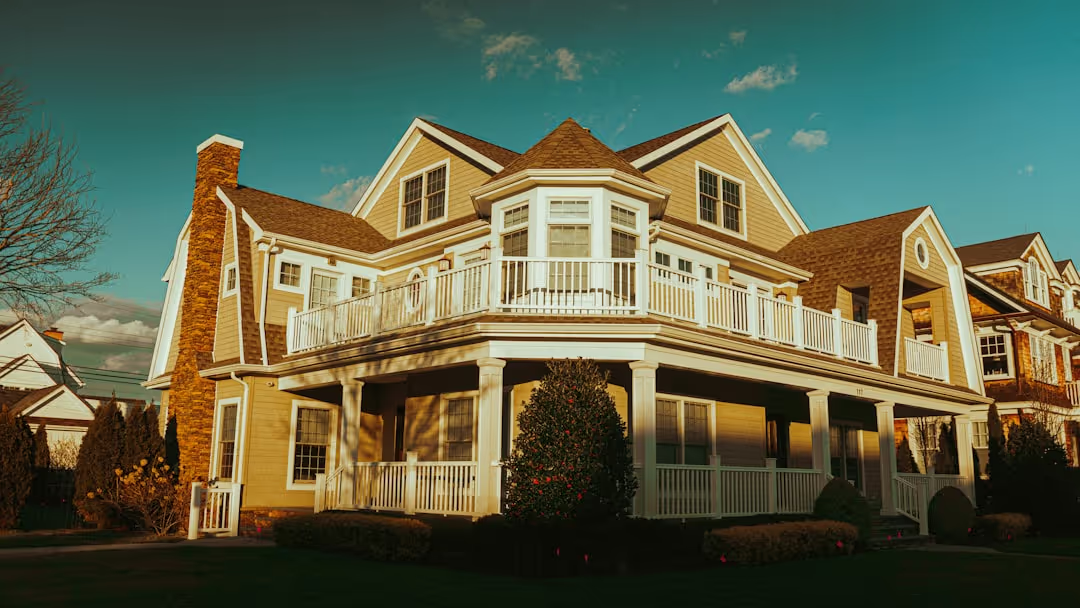



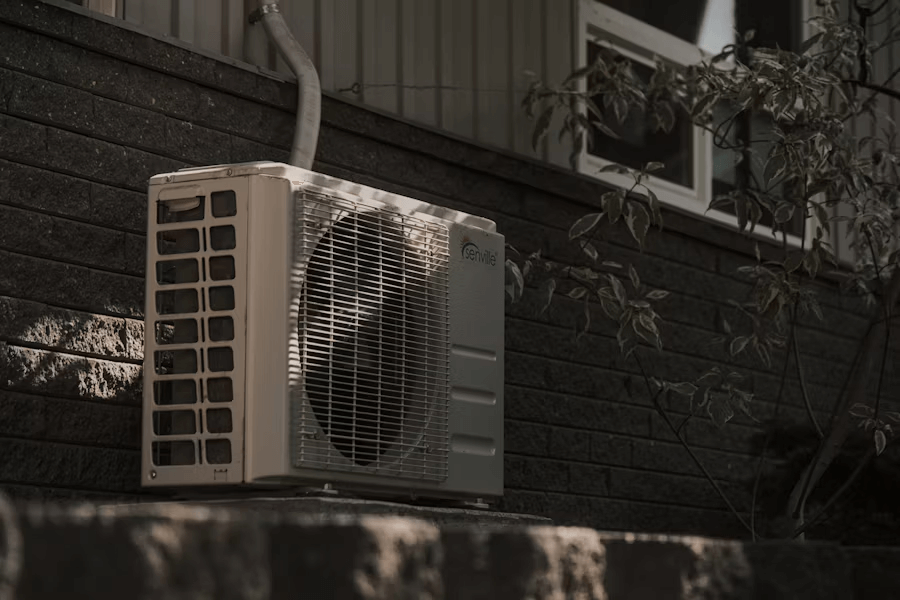

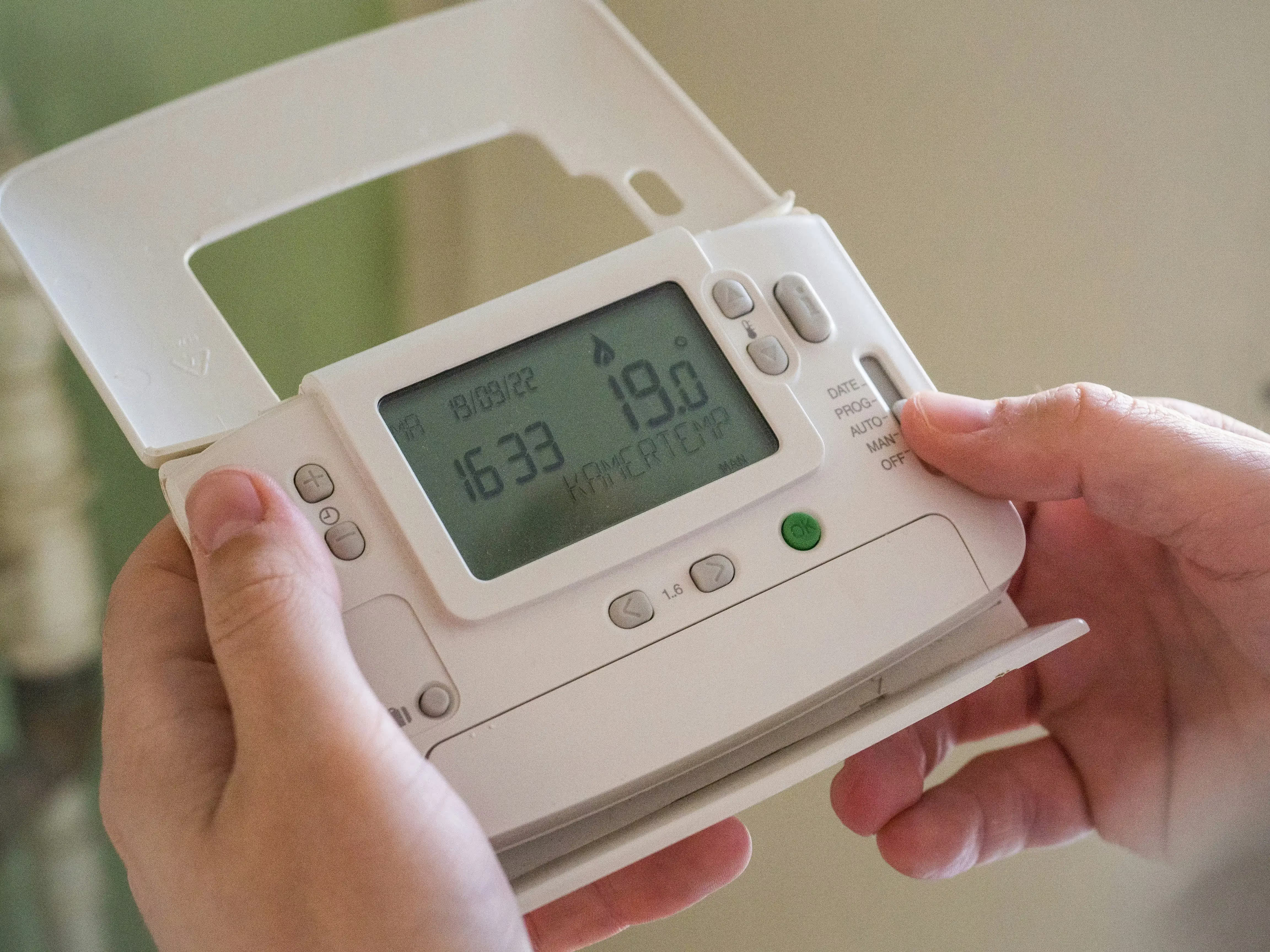
.png)
